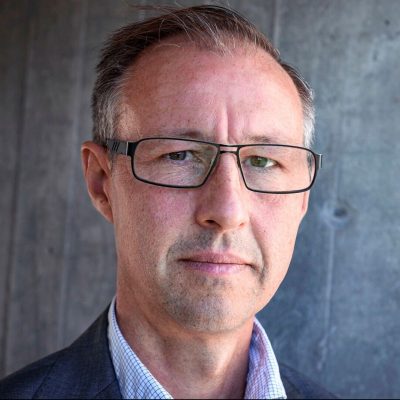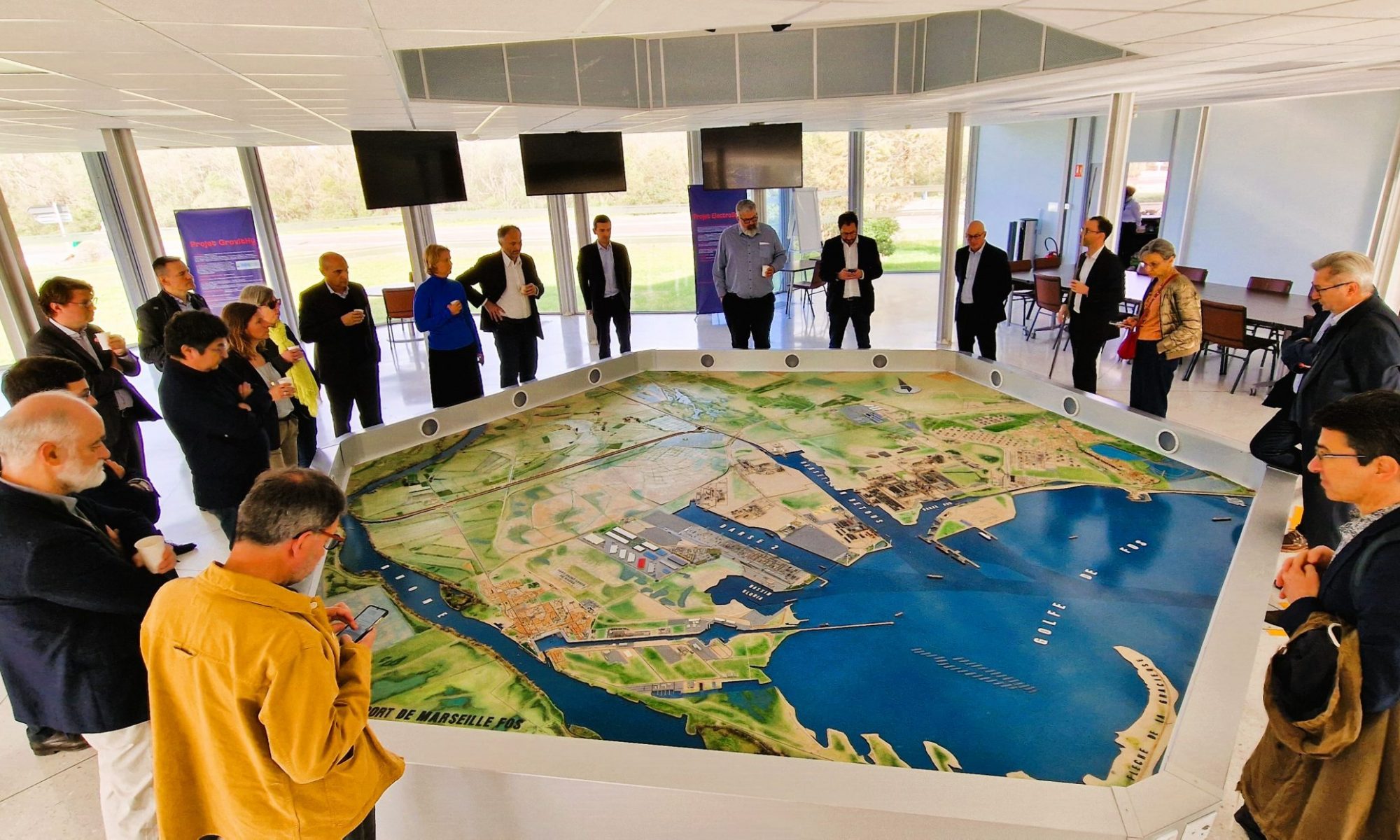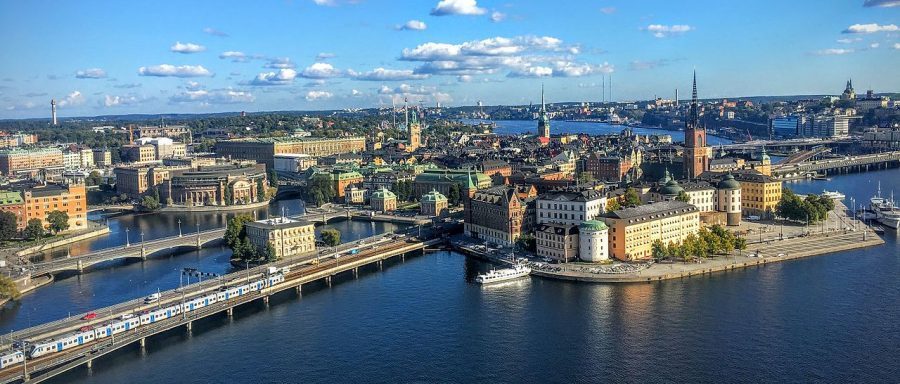Immersion in the Swedish model
How the Swedish institutional system, that of Stockholm in particular, faces the urban, social and climatic challenges common to all European metropolises.

It is no exaggeration to say that we live in difficult times. The war in Ukraine and the inflation of food and energy prices have sharply increased the cost of living and we are witnessing an economic slowdown in Europe. Some challenges may differ depending on our cities, but I think we can all agree that we need to tackle social inequality, make our urban planning affordable and inclusive, and reduce our impact on the climate.
Thanks to the participation of numerous City executives, the study visit offered a broad overview of Stockholm’s capabilities and its ambition in these different areas.
We also wanted to explain as clearly as possible the articulation of the different administrative levels – national, regional, municipal and district.
In particular, our hosts met several officials from the Järva district, where some of the most disadvantaged neighbourhoods in the city are located.
The Focus Järva project is a global project articulating actions serving mobility, schools, housing, social services, recreational activities, security and urban development to achieve a progressive transformation of these neighbourhoods. Renewed in their urban planning, they can welcome new residents, in a sustainable dynamic benefiting the entire city.
The program aimed to give members of the BEST network a general overview of the challenges we face, but also to allow them to take home some positive examples. I hope we succeeded! The City of Stockholm looks forward to continuing to exchange ideas and practices with its French friends.
Fredrik JURDELL, chief executive of the City Stockholm
PROGRAM
Historical perspective
Power and development in Stockholm since 1252
> Mats HAYEN, historian at the Stockholm City Archives
Stages of Stockholm’s development (bus journey)
> Torleif FALK, chief architect of the City of Stockholm
Institutional organisation
Political system, administrative structure and governance of the City of Stockholm
> Fredrik JURDELL, chief executive of the City of Stockholm
Stockholm SA
The organization of the City of Stockholm is based on a holding company which 100% owns a set of 16 municipal limited companies (SAM) responsible for providing public services.
> Peter KVARNHEM, finance director
Stockholm Municipal Water and Waste Company
An illustration of local public services provided by a wholly owned “subsidiary” of a municipal holding company
> Mårten FRUMERIE, managing director
Swedish Municipalities and Regions
Sveriges Kommuner och Regioner (SKR) brings together 290 municipalities and 21 regions. A financial equalization system corrects gaps in tax revenue and needs.
> Annika WALLENSKOG, chief economist / director at SKR
Stockholm Region
2.5 million inhabitants and 26 municipalities. Cooperation and governance.
> Anton VÄSTBERG, development director of the Stockholm Region
Contemporary challenges and responses provided by the City of Stockholm
The City’s three main objectives in 2023
> Fredrik JURDELL, chief executive
Strong finances, not without challenges
> Susanne TIDERMAN, director of economic affairs
Climate transition
Stockholm aims to be a world leader in climate transition.
> Björn HUGOSSON, climate director
Land ownership and urban development
The City owns 70% of its territory. It intends to build 140,000 housing units by 2030.
> Thomas ANDERSSON, land property operations director
A district: Järva
Place in the political and administrative organization of the city
Järva (92,000 inhabitants), one of the city’s 11 districts, results from the merger of Rinkeby-Kista and Spånga-Tensta on July 1, 2023. Several of its districts have more than 90% foreign population.
> Victoria CALLENMARK, district director
> Fredrik BROSTRÖM, director of primary schools
> Therese SKOGLUND-SHEKARABI, municipal police officer,
and the citizens’ office.
The “Fokus Järva” project
Coordinated project to upgrade these long-neglected neighbourhoods, mobilizing all municipal forces to invest in urban development/renewal.
> Karin AHLZÉN, project development director
The Slussen project
Transformation d’une zone routière et d’une écluse à bateaux
Between the Old Town (“Gamla stan“) and the South Island (“Södermalm“), the project aims to promote active mobility and improve safety. It also includes a new dam-lock with high stakes (protection against floods, navigation, preservation of fresh water resources).
> Peter SVÄRD, project manager
On the side
Cruise in the Stockholm archipelago aboard the Östanå I
With a time for discussion with the new general delegate of France urbaine, Emmanuel Heyraud, followed by dinner on board.
Guided tour in French of the Town Hall.
> Cindy FALQUET, political advisor in the office of a deputy mayor of the City of Stockholm.
Photo Jonatan Svensson Glad // CC-BY-SA 4.0 // via Wikimedia Commons, CC BY-SA 4.0, https://commons.wikimedia.org/w/index.php?curid=54039954

